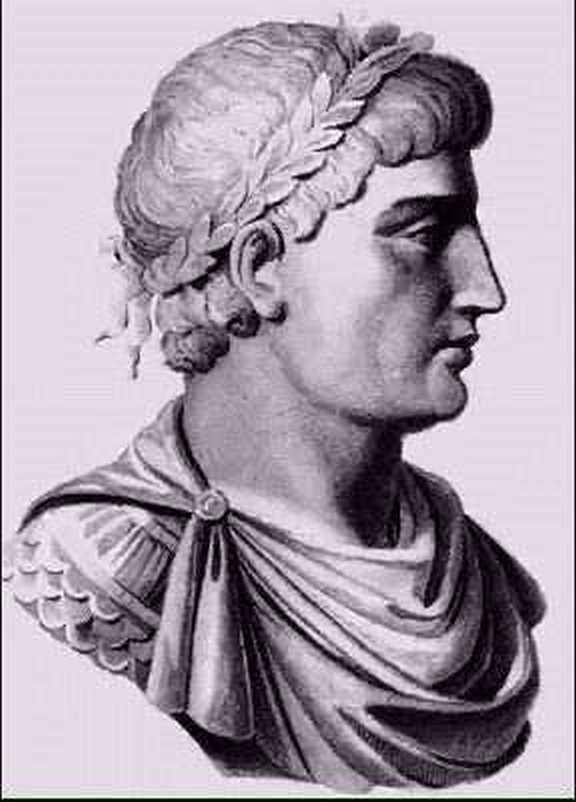
According to most historians, the modern hospital as we know it today traces its origins to the eastern part of the Roman Empire, the part that after the final partition of the Empire by Theodosius the Great (AD 395) became the Byzantine Empire. Research into the history of the hospitals has been difficult, because only scattered ruins of former buildings survive and relevant manuscripts have been lost. There is substantial agreement, however, that no institutions resembling hospitals existed in the ancient world, even though the Romans had some facilities serving soldiers, servants, slaves, injured gladiators, and the very poor—so-called proto-hospitals, more often places to die rather than to be cured.
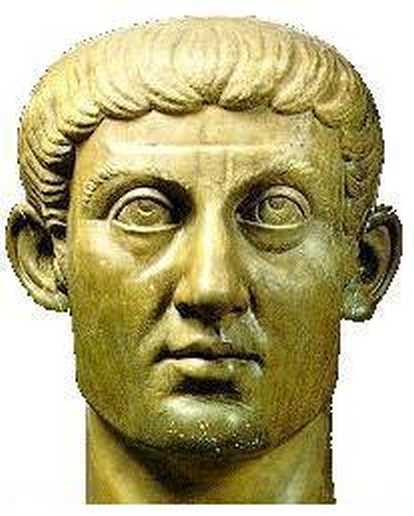
Only with the advent of Christianity did it become the duty of every believer to practice charity. Already by AD 250 the church in Rome had made arrangements to distribute food to the poor. After the conversion of Constantine the Great (reigned 306–337) Christianity became the state religion, poverty increased because of major demographic changes, and more permanent institutions were developed. In the East these took the form of xenones or xenodocheia, meaning “for strangers.” They provided food, shelter, and clothing for the poor, also pack animals for travelers. The first permanent such institutions were founded in the earlier part of the fourth century by Bishops Leontios in Antioch (344–358) and Eustathios in Sebasteia (c. 357–377). They were generally attached to churches or monasteries, run by monks, and with no doctors involved.
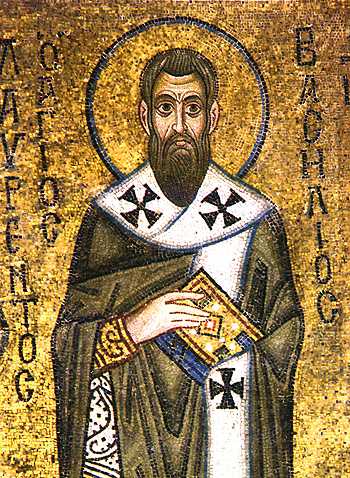
The first institution with permanent buildings resembling a hospital is said to have been founded around 372–379 by Saint Basil, bishop of Caesarea in Cappadocia. It had doctors in attendance, also a leprosarium that would sometimes also admit patients with other illnesses. Between 398–404 St. John Chrysostom, archbishop of Constantinople, developed a similar institution, having physicians but still offering food and shelter to the poor and strangers. Several xenons arose in other cities, some run by monks, some supported by wealthy citizens, often receiving privileged tax treatment from the government. Between 420 and 650 hospitals became more numerous and larger, found in Ephesus, Edessa, and Jerusalem (200 beds), sometimes now run by medical doctors. The famous Sampson Xenon, first opened in the late fourth century in Constantinople, was rebuilt after AD 532 into a multistoried complex of elaborate buildings where patients were treated in wards by specialized physicians.
By AD 650 some hospitals were also beginning to treat patients who could pay, in one case even the sister-in-law of the empress. Eventually large hospitals, such as that founded by Empress Irene (797–802), developed in several cities, especially in Constantinople. The most famous of these, the Pantocrator Xenon, is especially important because its charter (Typikon) is the only one to have survived and provides detailed information of how it was constituted and managed. Founded in 1136 by emperor John II Komnenos, it overlooked the Golden Horn on the site now occupied by the Zeyrek Kilisi Mosque. It was attached to the monastery of Christ the Savior Pantokrator (the Ruler of All) and funded by the imperial authorities, thus no longer having to rely on support from the Church. It had 50 to 70 beds with pillows and clean sheets, the beds arranged into five sections. Two sections were designated for wounds and fractures, the others for medical conditions of the eyes or intestine, for women’s illnesses, and for men with diverse conditions. Each section had an extra bed to provide for overflow, bathing facilities, separate latrines for men and women, and perforated mattresses for the incontinent. Patients received a diet of bread, vegetables dressed with olive oil, extra onions, and they were given some money to buy wine or extra food.
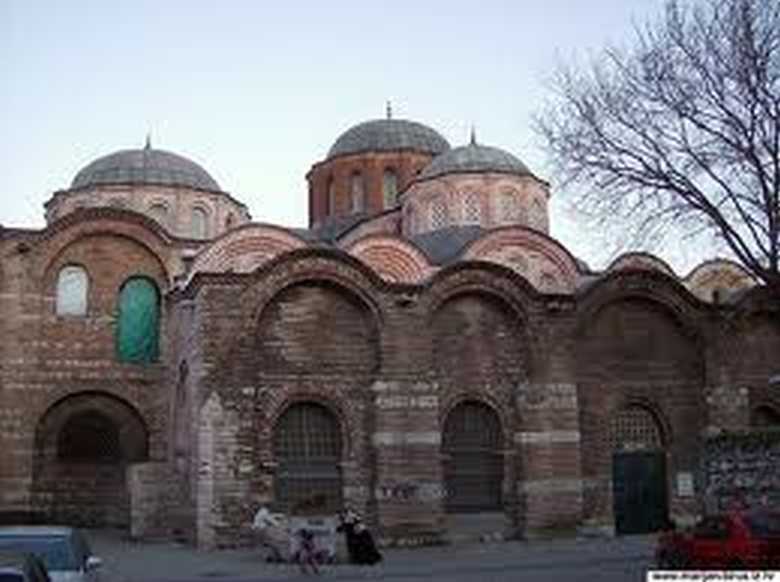
Medical coverage at the Pantocrator Xenon was as hierarchical as in modern times. At the top were two salaried senior doctors (protomenites) assigned to each of the sections for serious diseases and for eye and intestinal diseases. Lower down the ranks were two surgeons for wounds and fractures, two doctors for women’s diseases, and four for outpatients. The doctors typically worked on alternating months, one month in the hospital on low pay, one month visiting private patients and charging higher fees. In the hospital they were not to take tips from patients, but private practice in their time off was allowed as long as they did not leave the city. When on duty they were expected to make two ward rounds in the summer but only one in the winter; and they were followed on their rounds by young doctors and students. The hospital also employed assistants, pharmacists, servants, an usher, five laundresses, two cooks, two bakers, one miller, one latrine cleaner, four pallbearers, and a priest for the living and for funerals. Overall supervision was by a superior and four other monks (oikonomos) who formed a board of directors, and by salaried officials, some physicians, who managed the day to day operation of the hospital. Also attached to the building was an old age home or gerokomeion.
Hospital physicians kept records of the medical treatments they prescribed, and were supervised by two senior doctors (primmikerioi) who made rounds, re-examined patients, monitored their treatments, listened to their complaints, and checked the diagnoses made in difficult cases. Treatments included blood-letting, baths, plasters, sitz baths, and a whole array of herbal medicines taken orally and prescribed in accordance with Galen’s theories of the humors, depending on whether they had an excess of the cold humor (phlegm) or an excess of the hot one (bile). What surgical procedures were done can be deduced from some of the instruments reported to have been available, tool sharpeners, phlebotomy knives, cautery irons, catheters for bladder problems, dental pliers, and instruments described as useful for the head and stomach.
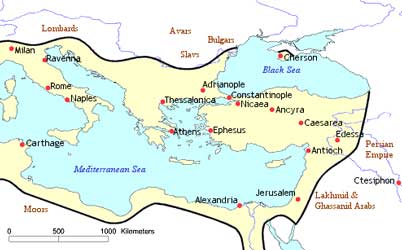
After the eleventh century more hospitals were founded in Nicomedia, Thessalonica, Philadelphia, and Nicaea. Many seem to have become even more like modern medical centers, treating patients with serious conditions, with specialized wards for surgery and also for women, and sections providing outpatient treatments such as enemas. Home visits were also done but were expensive, presumably reserved for the very wealthy. Medical students in the early centuries were more likely to be taught in schools and colleges not attached to hospitals, but by the twelfth century hospitals seem to also have provided medical instruction.
Thus it appears that the direct ancestors of the modern hospital originated in the Byzantine Empire. From there they spread to the West, one wave in the fifth century, another in the twelfth century when introduced by the Crusaders. They also inspired the establishment of hospitals in the Muslim world (bimaristans). It has been said that to trace the birth and evolution of treatment centers in the Byzantine world is to write the first chapter in the history of the hospital itself.
References
- Plinio Prioreschi: History of Medicine, Volume 4, Byzantine and Islamic Medicine, 2000, Omaha NE: Horatius Press, 103-119.
- Miller, TS: The birth of the Hospital at the Byzantine Empire. Baltimore and London: Johns Hopkins University Press, 1985 and 1997.

Leave a Reply